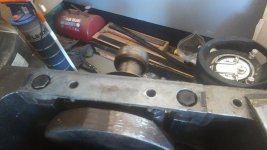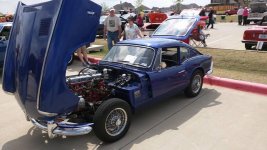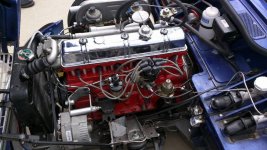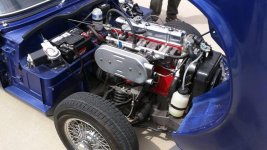Richter12x2
Jedi Hopeful
Offline
This may have been covered before if I could think of the right name for it, but at one end of the engine there's a sort of bridge that goes over one of the crank journals, with a recessed hole for the bolts to fit in - once they're in to a certain point, it's not possible to get a wrench or socket on them. They won't be able to come out because of the pan, and the other side of it is the timing covers, so probably intended for oil to find its way there, but it still makes me nervous.
I can find videos online showing that Spitfires at least have the same piece, but none seem to actually show it being installed or mention it.
What's the right way to install those?

I can find videos online showing that Spitfires at least have the same piece, but none seem to actually show it being installed or mention it.
What's the right way to install those?


 Hi Guest!
Hi Guest!

 smilie in place of the real @
smilie in place of the real @
 Pretty Please - add it to our Events forum(s) and add to the calendar! >>
Pretty Please - add it to our Events forum(s) and add to the calendar! >> 



